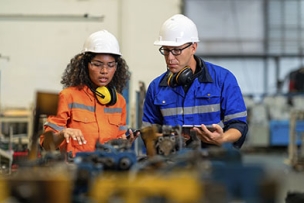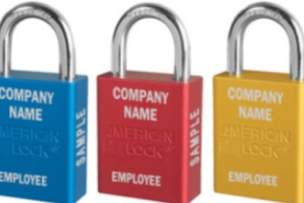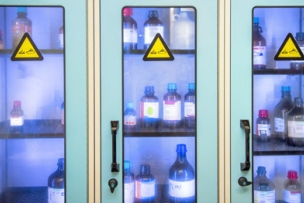How the Latest ANSI Standards Influence Cut Gloves for the Better
THE BETTER MRO SAFETY HOW-TO SERIES
Do you work with your hands on the job? Protect them.
Lacerations are the most common hand injury—and have the potential to seriously undermine your ability to work.
In 2018, lacerations accounted for 63 percent of hand injuries
That’s a big number compared to all other hand injuries.
Cuts are followed by crushes at 13 percent.
Avulsions or detachments at 8 percent.
Punctures at 6 percent.
And fractures at 5 percent.
Luckily, today’s glove technology is more comfortable to wear – like a second protective skin – without losing your grip or feel.
In 2016, ANSI revamped its cut glove standard, adding more specific details.
It moved from five cut level ratings to nine which has spawned glove technology that provides better protection and better comfort.
The result? All-day glove use has gone way up.
Here’s what to know about the 2016 ANSI cut ratings.
What is a cut rating?
Cut resistance goes from 0 to 6,000 grams, based on tests by a Tomodynamometer.
Known as the “TDM method,” a blade runs across a glove repeatedly at a specific weight until the material gives. The number of cuts it takes to pierce the material — calculated against a specified weight — determines the cut resistance level.
The higher the weight required to cut the materials, the higher the cut resistance rating.
Because a higher rating equals better protection and cut performance, some U.S. glove manufacturers have invested in TDM machines to certify their gloves’ ratings.
But ultimately, the type of glove used should align with the work you and your team perform. Not every glove will work well in every application.
Carrying small, lightweight and smooth metal parts across the shop floor is not the same as handling sharp and heavy automotive, aerospace or glass parts.
Do you work with grease or oil or other slick materials?
Environment and context truly matter.
The former 2011 ANSI standard had five levels (1 through 5). Level five started at and included everything above 3,500 grams of weight that could cut through material.
The 2016 ANSI update added more delineation between 2,200 and 6,000 grams, creating 5 new levels.
The new level five is now called “A-5”. That’s how you can tell it’s the 2016 standard: It has the “A”. Level A-9 is rated for greater than 6,000 grams and above.
Why does that matter?
More precise application options for gloves protect a wider range of cut levels for all the gradations in today’s industrial environments.
Where will you see a cut rating level number? Right on the gloves themselves because it’s required.
In the past, working with sharp materials meant using gloves with heavy steel wire woven into the fabric.
Remember how stiff they felt? So uncomfortable, right?
And when you used a lighter glove? Latex, for instance, your skin might become irritated
ANSI 105-2016 helped change things.
New core materials, new methods of yarn wrapping, and new sewing methods — such as sonic welding to reduce stitching — help attain lightweight, flexible gloves that are more comfortable to wear and more precise in their cut resistance.
Yarn has an inner core surrounded by an outer wrap.
The outer wrap is usually cut-resistant HPPE (High Performance Polyethylene) or Aramid with an additional filler like nylon, polyester or spandex to add stretch. Plus, new yarn technologies such as Dyneema and ATA can commonly be found in many gloves on the market today as well.
For workers with sensitive skin, coreless yarns help those allergic to some materials.
Coreless yarns, however, do NOT go above the A-4 level so far—but more yarns are on the horizon.
Combinations of materials including fiberglass, Basalt — which is a volcanic rock — and a little bit of steel are used along with the stretch material to help workers find that ultimate balance: Comfort, grip and strong protection.
With today’s glove technology and standards, you won’t need to take gloves off “just for a second” anymore.
You can have excellent protection and comfort— whether in hot or cold weather and breathability, whatever you need.
For more expert advice on how to ensure your shop’s safety and improve MRO, visit https://mscdirect.com/betterMRO.




Talk to Us!
Leave a reply
Your email address will not be published. Required fields are marked *